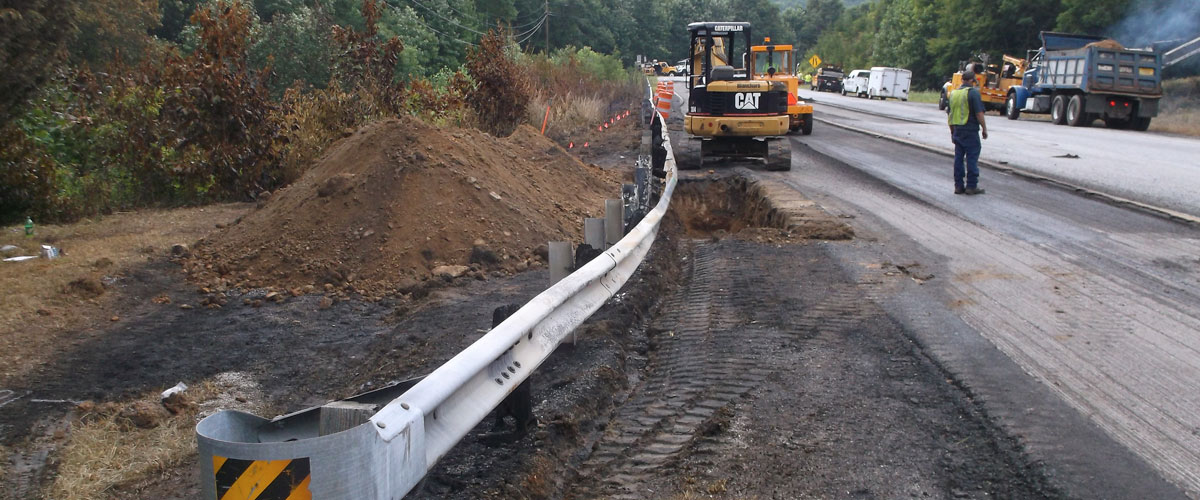Soil & Groundwater
The assessment of subsurface conditions in soil and groundwater has an extremely high value in managing environmental risk. Accurate investigation is the cornerstone of everything we do in the due diligence, risk assessment, liability reduction, and remediation areas of our business. If you aren’t aware of your property conditions, it is almost impossible to manage environmental risk. As engineers, geologists, and scientists, the Sierra Piedmont team has been educated and trained to do this for you.
Sierra Piedmont prides itself on being able to intelligently and cost effectively assess the area and intensity of contamination in a wide variety of subsurface environments. Each sample location, whether soil or groundwater, has a purpose and each purpose ties back to the goals set out for the project. A wide variety of investigation methods are at our disposal. Sierra specializes in assessing those small, limited access sites that may have been problematic for others.
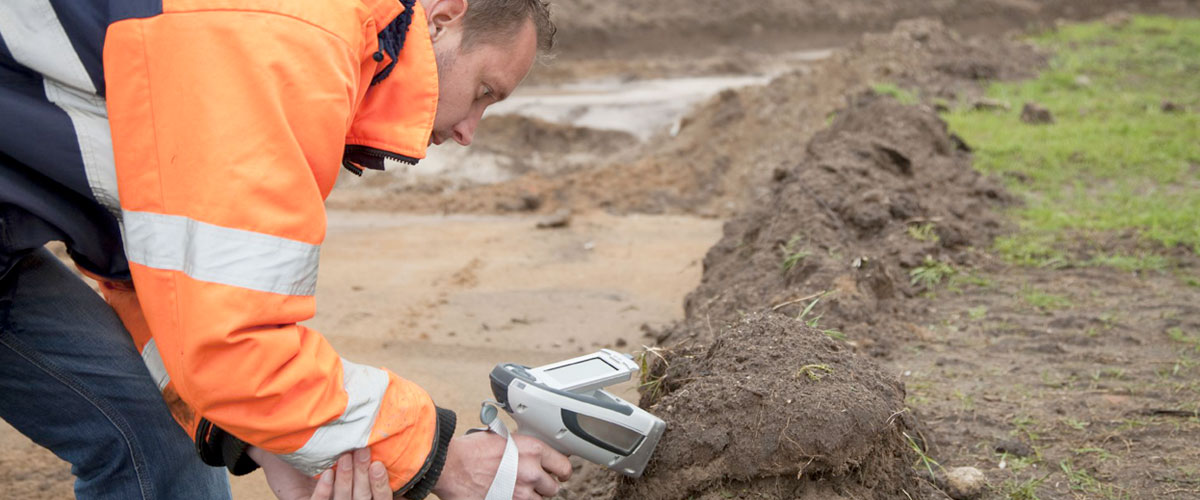
Investigation
Every project that Sierra Piedmont is responsible for starts with investigation. It’s the classic “4 W’s-who, what, where, and why.” Once we are able to talk with the client and research the site, we may decide that historical records, interviews, and electronic data searches are sufficient. Alternatively, we may quickly identify the need for physically intrusive assessment activities. Either way, we commit the personnel necessary to meet the tasks in a timely and cost-effective manner.
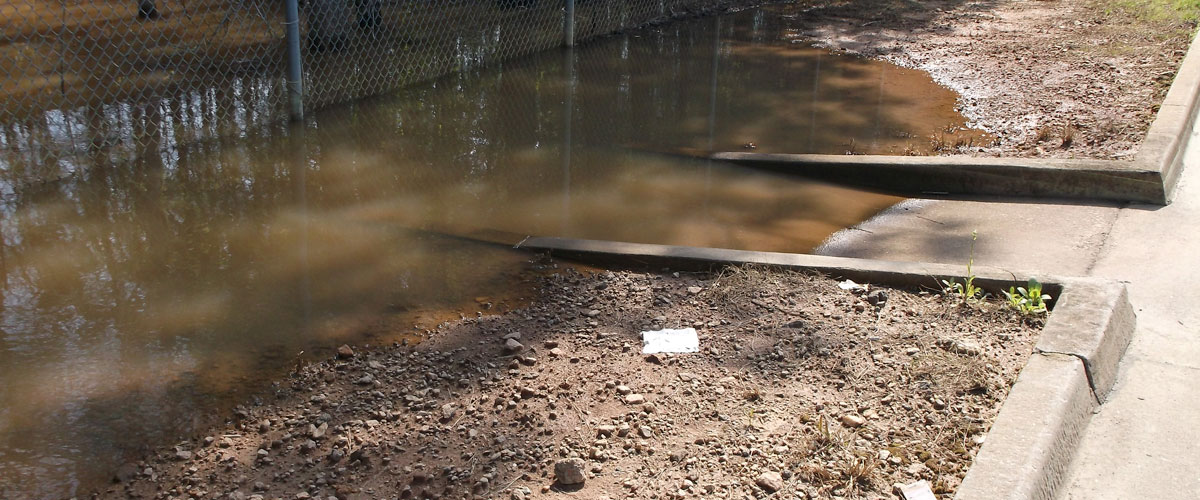
Groundwater Monitoring & Modeling
Sierra Piedmont can provide you with several types of plans, including:
Groundwater Monitoring
How do you know if you’re doing a good job? You set goals, observe your progress against milestones and adjust when it makes sense. That’s what groundwater monitoring is about too.
Groundwater monitoring programs are used for various reasons. One reason, is to create a baseline for the site that alerts us to new issues that may arise. Another reason we use groundwater monitoring, is to evaluate the effectiveness of remediation. In addition, most state regulations require groundwater monitoring, and the data collected shows if contamination levels have increased, decreased, or remained constant. This data will then determine if more work is required or if we can begin moving the site towards closure. In any case, groundwater monitoring is an effective and inexpensive way to determine the future of a site.
Groundwater Modeling
The science of groundwater modeling (and predictive modeling in general) has advanced greatly in the last ten years. Formally used only to model groundwater flow scenarios,the fate and transport mechanism of contaminated groundwater can now be mathematically predicted. Environmental regulatory divisions of many States now accept properly constructed, calibrated and field-checked models as a way to realistically address remediation and minimize cost.
Sierra Piedmont has a long history of providing one- and two-dimensional fate and transport modeling, including presentations to state regulatory agencies. Our models are constructed using field derived or conservative literature values, calibrated to field conditions, and accuracy checked at periodic intervals during monitoring.
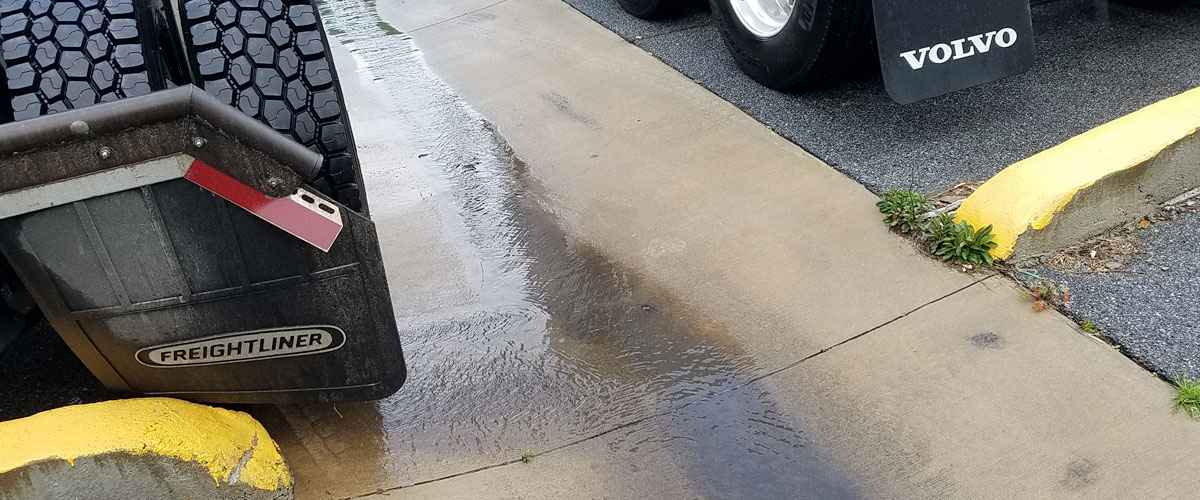
Petroleum & Hazardous Constituents
Liquid spills or leaks sometimes occur even with our best preventive efforts. However, since the 1970s, science and engineering have made significant improvements in addressing these occurrences. Sierra Piedmont has performed soil and groundwater investigations in a variety of geologic and industrial settings. The predominant spill releases have, for several decades, been petroleum retailers or others with underground storage tanks (USTs). While these tanks are “physically” more safe underground, they are environmentally more hazardous due to the inability to easily inspect them. In addition, automotive paint shops, dry cleaners, and others have used, containerized, and disposed of hazardous wastes often in a manner inconsistent with regulations.
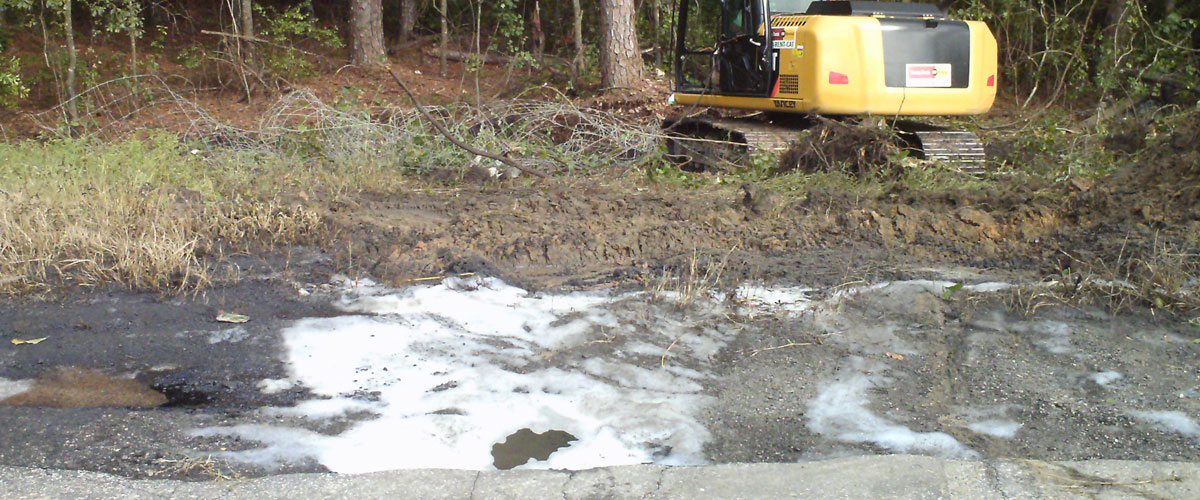
Remediation
Remediation is defined by the Environmental Protection Agency as “cleanup or other methods used to remove or contain a toxic spill or hazardous materials.” Sierra Piedmont has designed, tested, installed, and evaluated many soil and groundwater remediation systems. Sierra Piedmont stays abreast of the latest technologies by attending training sessions sponsored by theoretical and application leaders such as The Air Force Center for Environmental Excellence (AFCEE), The National Ground Water Association (NWGA), and Nielsen Environmental Field School.
Sierra Piedmont utilizes many different methods of remediation – all hinging on what is going to be the most efficient and cost-effective way to mitigate contamination. Remediation can generally be divided into two categories – active and passive.
Active
Active remediation requires human intervention to remediate contamination. Processes include mechanical (such as excavation or encapsulation), chemical (such as peroxide or persulfate injection), manual separation (such as pump-and-treat or dual-phase remediation systems), use of biologic agents (such as microbes that metabolize contamination or plants that fix contamination in their wood), or flushing (such as surfactant flushing).
Passive
Passive remediation relies on natural processes to remediate contamination. This process is often called natural attenuation. Passive remediation may be used at sites where no potential receptors are threatened and contaminant levels are low enough to reasonably believe that natural processes (such as dilution and/or biological ingestion) will reduce contamination to acceptable levels.
